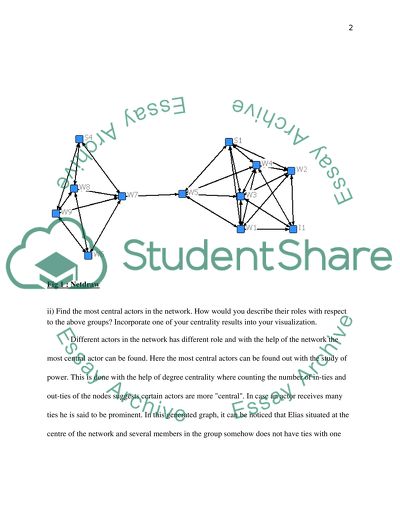Cite this document
(“Social network analysis Coursework Example | Topics and Well Written Essays - 1500 words”, n.d.)
Retrieved from https://studentshare.org/sociology/1682915-social-network-analysis
Retrieved from https://studentshare.org/sociology/1682915-social-network-analysis
(Social Network Analysis Coursework Example | Topics and Well Written Essays - 1500 Words)
https://studentshare.org/sociology/1682915-social-network-analysis.
https://studentshare.org/sociology/1682915-social-network-analysis.
“Social Network Analysis Coursework Example | Topics and Well Written Essays - 1500 Words”, n.d. https://studentshare.org/sociology/1682915-social-network-analysis.


